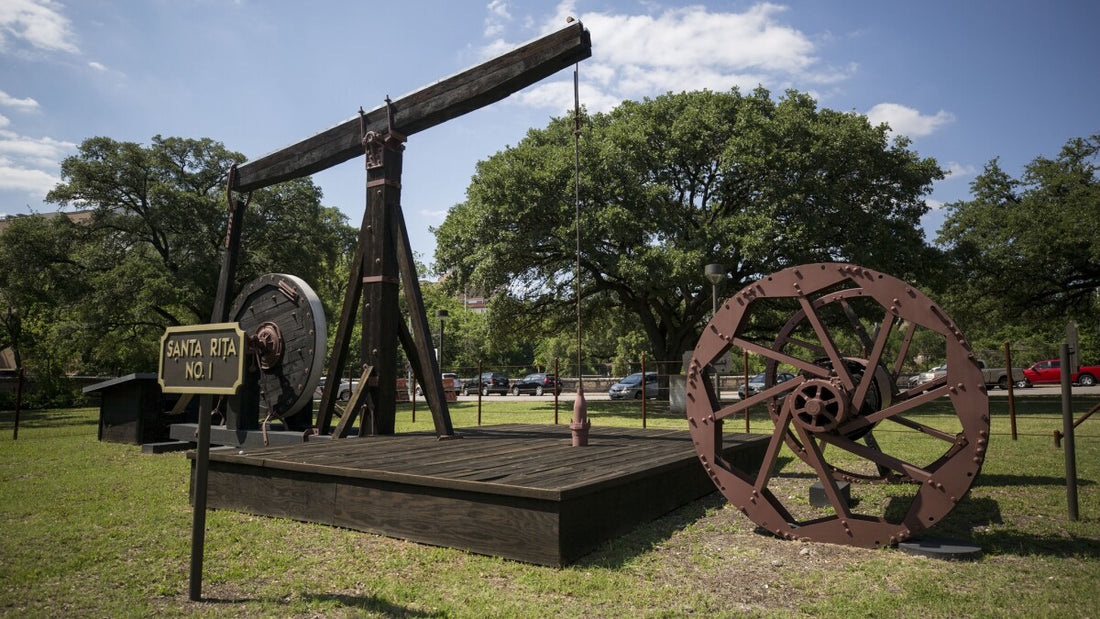
From Dust to Black Gold: How the Santa Rita No. 1 Transformed West Texas Forever
Share
The Permian Basin, now a global epicenter for oil production, was once a vast, desolate expanse of ranchland and scrub brush. Before the 1920s, few believed the region held any promise for oil exploration. Yet, all it took was one well—Santa Rita No. 1—to change everything and kickstart a transformation that would echo through history.
The Wild Gamble That Paid Off
In 1923, a group of hopeful investors and oilmen set their sights on a seemingly barren stretch of land near Big Lake, Texas. Back then, the Permian Basin didn’t look like fertile ground for oil. Oil strikes in Pennsylvania and East Texas had conditioned prospectors to look for swampy, hilly areas rich in vegetation—everything the Permian was not.
Despite the skepticism, the group pressed on. Armed with grit, ambition, and some financial backing—including funds pooled by a group of Catholic nuns who believed in the venture—they began drilling. The work was grueling, the conditions harsh, and hope seemed to wane with every dry hole. Then, on May 28, 1923, the impossible happened.
The Moment That Changed Everything
The Santa Rita No. 1 erupted into life, spewing a powerful geyser of oil into the sky. The strike was monumental, proving the Permian Basin held vast reserves of oil hidden beneath its unassuming surface. Nora Lachlan, whose husband worked on the rig, described the scene vividly:
“Oil began to spatter over everything. Even the chickens turned black! The landscape, once dusty and barren, was suddenly alive with the smell and shimmer of oil.”
This discovery was more than a spectacle; it was a revelation. The gusher at Santa Rita No. 1 signaled the dawn of a new era for West Texas, igniting an oil boom that drew wildcatters, investors, and dreamers from across the nation.
The Ripple Effects of a Gusher
The Santa Rita No. 1 didn’t just change the landscape; it redefined it. Towns like Midland and Odessa transformed overnight from quiet outposts to bustling hubs of commerce and innovation. Infrastructure—roads, pipelines, and housing—quickly followed, setting the stage for the Permian Basin to become one of the most productive oil fields in the world.
Even more significant, the strike introduced a new archetype to the oil industry: the Texas wildcatter. These bold, risk-taking oilmen became legendary figures, fueling the state’s oil-driven economy and larger-than-life cultural identity.
A Legacy That Still Pumps Today
A century later, the Santa Rita No. 1 remains a symbol of perseverance and bold ambition. It’s a testament to the transformative power of discovery, proving that even the most desolate and underestimated places can hold unimaginable potential.
The next time you see a pumpjack silhouetted against the West Texas sky, remember the humble beginning of it all: a group of determined visionaries, a lot of hard work, and a single well that forever changed the course of history.
